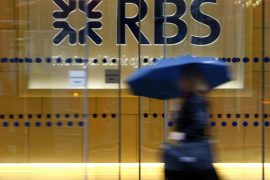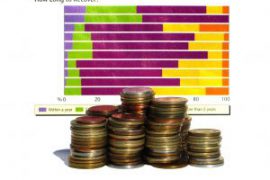A cash Isa is just like a normal savings account, only the interest earned is not taxed.
In comparison, on a standard account, you are taxed at your income tax rate.
So where a basic rate taxpayer who saves £5,000 a year in a standard 5% paying account would earn £200 in interest in a year, as 20% of it would go to the taxman, anyone would earn £250 in a cash Isa.
A higher rate taxpayer (who loses 40% interest) would only earn £150 in a normal account, while a top rate payer (50%) would earn £125.
Isas tend to come as standard savings accounts where the rate is variable and you can withdraw when you want (see the withdrawal warning below) or as fixed rate accounts where the rate is set for the term, usually between one and five years.
Isa limits
There are caps on the amount you can save in a cash ISA. In the 2010/11 tax year (which runs from April to April) the limit was set at £5,100, which was then due to rise every financial year in line with inflation.
When the next year starts you can then add to your existing pot, subject to your provider’s maximum balance terms, or start a new account.
If you hold any investments in a stock and shares Isa, where most returns are tax-free, this can affect the amount you can save in a cash Isa.
In total, between a cash Isa and an investment Isa you can save £10,200 a year (in 2010/11). You can save the full amount in an investment but for every £1 you save in stocks and shares above £5,100 you lose £1 of your cash allowance.
Fill your Isa first
All taxpayers should normally use their ISA allowance before saving elsewhere. This is because if you do not use your allowance it is gone forever.
Even if you’re not a taxpayer it is worth considering an Isa because if you start paying tax in future you will reap the benefits.
Withdrawal warning
Note that your allowance is the amount you can deposit in total, not the total permitted balance. Therefore, if you reach your limit and then withdraw cash, you cannot replenish your account.
Also, if you find a better rate elsewhere you can move your Isa to another provider but to maintain the money’s tax-free status you must not withdraw it. You need to inform your new provider and ask it to initiate the switch.




